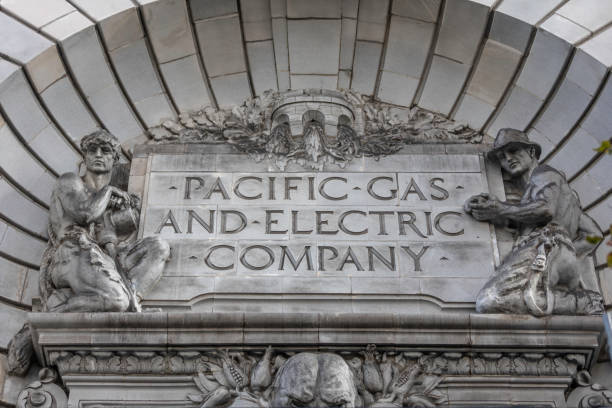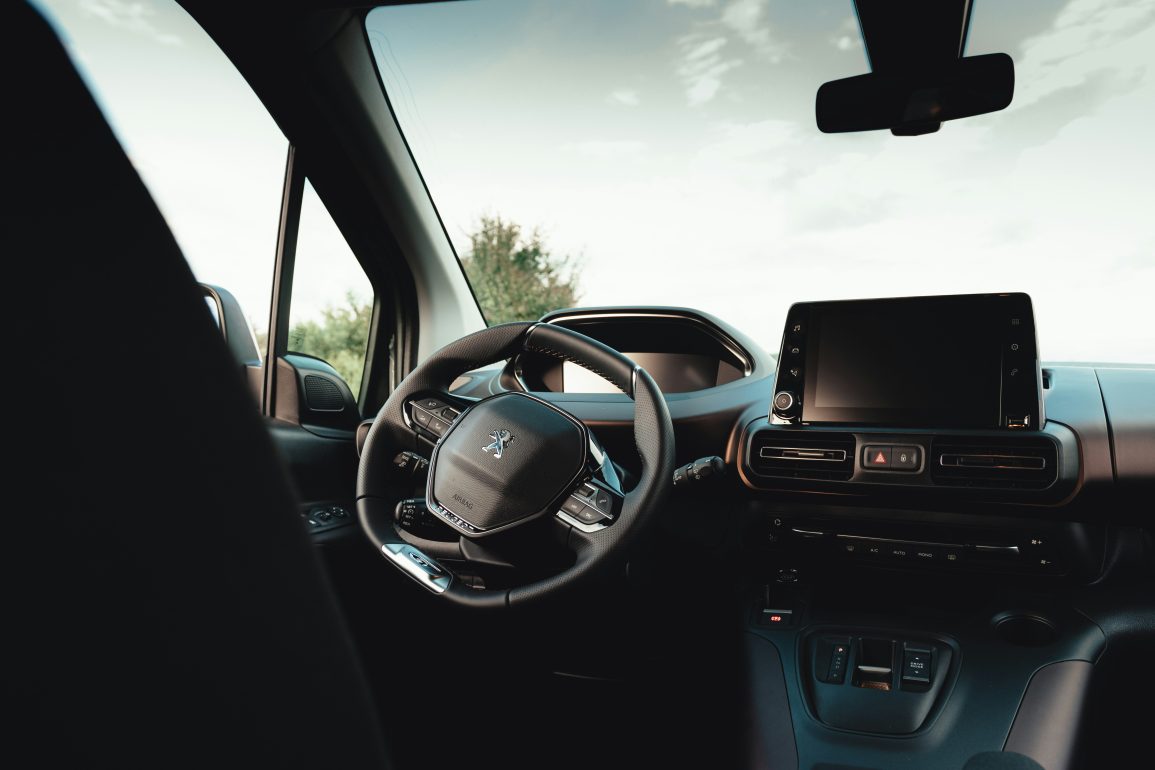By 2030, over half of all new cars sold in the U.S. are projected to be electric vehicles (EVs), which could significantly strain the country’s aging electric grid.
The grid, originally designed for fossil fuel-based power, faces a major challenge as electricity demand is expected to rise by up to 18% by 2030 and 38% by 2035. This increase is a sharp contrast to the 5% rise seen over the past decade.
Rob Gramlich of Grid Strategies highlights the issue, noting that the rise in power demand, particularly driven by the transportation sector, will be substantial. Light-duty vehicles alone are anticipated to consume up to 3,360% more electricity by 2035 compared to today.
Electrification across various sectors, including home appliances and heating, adds to the demand, necessitating a major buildout of renewable energy infrastructure.

Significant upgrades to the grid are essential. This includes expanding high-voltage transmission lines to deliver electricity from rural renewable sources to urban areas, improving distribution lines for last-mile delivery, and installing technology to integrate home solar panels and batteries into the grid.
A study by Kevala estimates California will need to invest $50 billion by 2035 in grid upgrades to meet EV targets.
The transition to electric vehicles and renewable energy sources poses challenges. For instance, charging an EV is electricity-intensive, comparable to running a household electric water heater annually.
California’s PG&E, which manages a significant portion of the EVs in the U.S., faces difficulties meeting its electrification targets due to outdated funding and infrastructure.
To address these challenges, there is a push for expedited permitting and increased investment in transmission infrastructure. However, it will take years to develop the necessary infrastructure.
In the interim, distributed energy resources like residential solar and battery systems, along with bidirectional EV charging capabilities, could help stabilize the grid. Dynamic pricing and optimized charging times are also being explored to manage demand and integrate renewables effectively.

